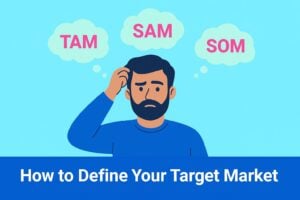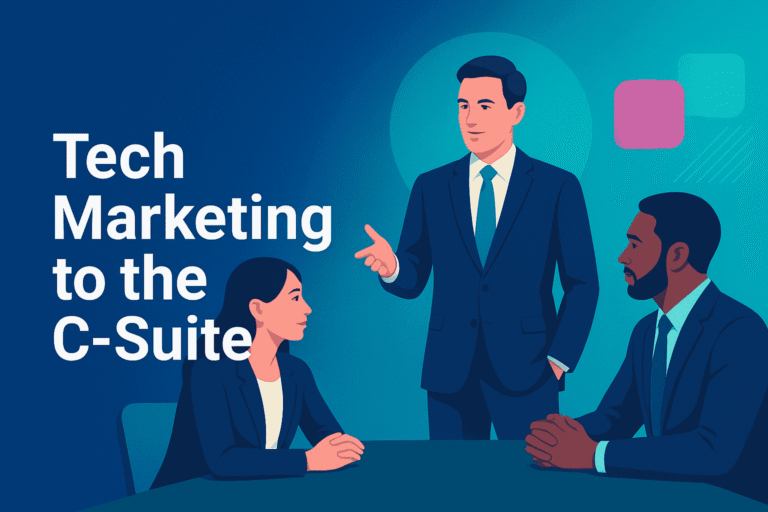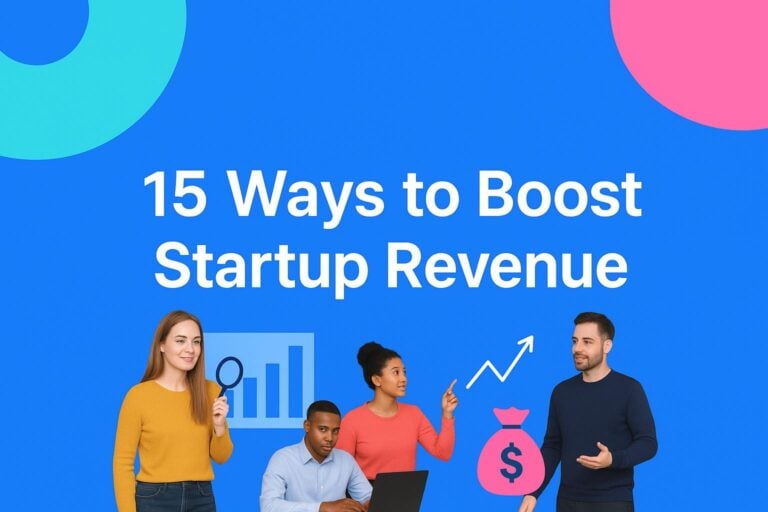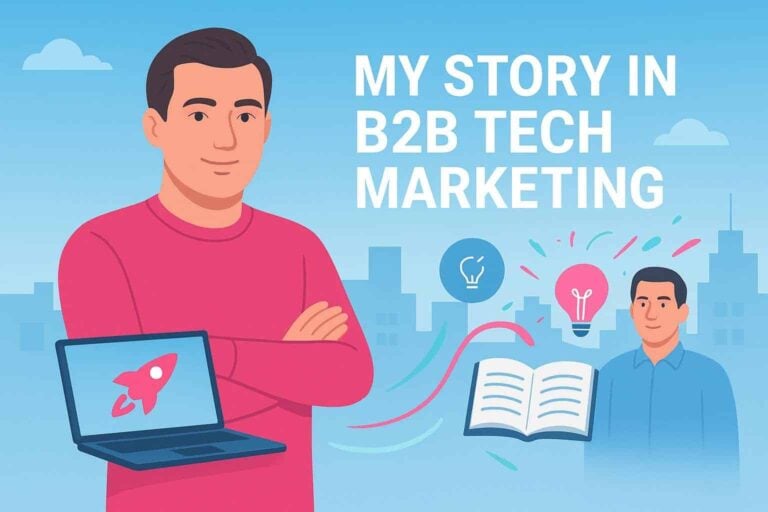Breaking the 102-Day Bottleneck…
The average B2B sales cycle now stretches to 102 days, exceeding three months from initial contact to a closed deal. For B2B tech startups operating on a limited runway and aggressive growth targets, this timeline represents a critical challenge. Every day a deal remains in limbo is another day of consumed resources, delayed revenue and opportunity cost. Yet the statistics reveal that this lengthy cycle isn’t inevitable. Companies with optimised sales cycles grow revenue 25% faster than their peers, proving that sales velocity is a competitive advantage worth pursuing aggressively. Understanding why sales cycles have lengthened and implementing strategies to compress them without sacrificing deal quality has become essential for startup survival and scale.
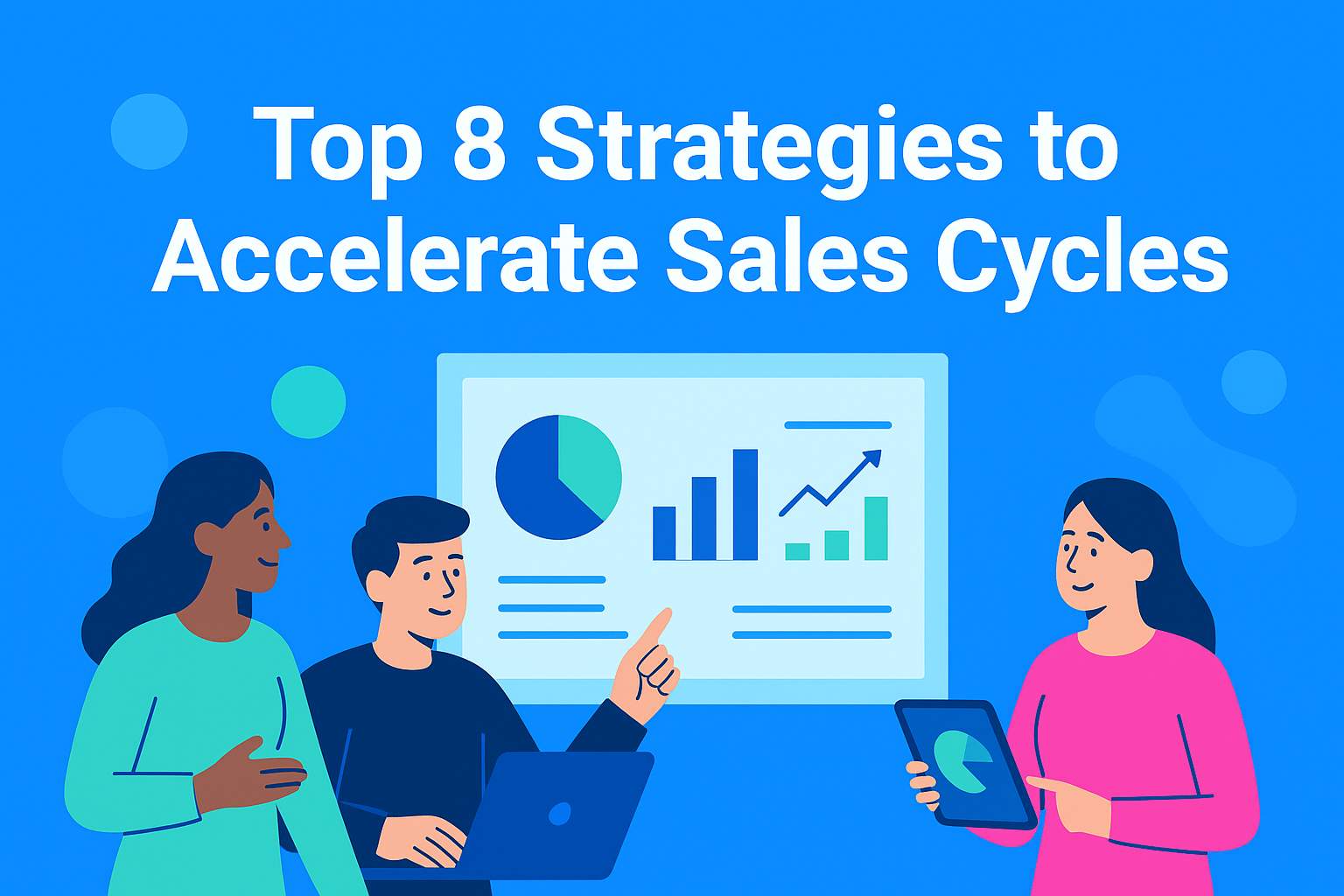
The Complexity Crisis
The modern B2B buying journey has undergone a fundamental shift, creating challenges that disproportionately affect startups. Today, 65% of B2B buyers spend more time researching than they did just a year ago, while 75% of sales cycles now involve at least four stakeholders. This proliferation of decision-makers and the increasing thoroughness of buyer research has created a perfect storm of complexity. For tech startups, this trend is particularly problematic. Unlike established enterprises with recognised brand authority, startups must work harder to establish credibility with each stakeholder.
When a procurement decision involves finance, IT, operations and executive leadership, each with different priorities and concerns, the startup must craft messaging that resonates across all these perspectives while maintaining consistency and building trust. The numbers confirm what many founders already feel, with 46% of B2B sales teams citing lengthy sales cycles as a top challenge, while 33% of buyers themselves say the sales cycle is too complex. This creates frustration on both sides of the transaction, leading to deal fatigue, increased churn in the pipeline and sales teams spread too thin across too many opportunities.
The Hidden Tax of Internal Disfunction
Perhaps most frustrating for startup founders is that many factors extending sales cycles are entirely self-inflicted. The statistics reveal significant internal inefficiencies that, when addressed, can dramatically accelerate deal velocity. Consider that 60% of B2B sales reps report delays in receiving content or materials from marketing, a staggering indictment of misalignment between two functions that must operate as a seamless unit. When a prospect requests a case study, technical specification, or ROI calculator and the sales rep must wait days to receive it from marketing, momentum dies. The buyer’s attention shifts to other priorities or competitors who can respond more quickly.
Similarly, 42% of sales reps identify manual administrative tasks as unnecessary bottlenecks. Time spent on data entry, scheduling, proposal generation and quote creation is time not spent selling. For startups with lean sales teams where every salesperson must overperform to achieve growth targets, these administrative burdens represent a significant drag on productivity and deal velocity. The most alarming statistic may be the simplest of all: B2B sellers who respond within five minutes are 100 times more likely to connect with leads. Yet, organisational inefficiencies, poor technology and workflow gaps often make rapid response impossible. When a hot lead submits a demo request at 4:47 PM on Friday and doesn’t hear back until Monday morning, that opportunity may have cooled or moved to a competitor.
The Automation Advantage
The silver lining in these statistics is that solutions exist, and top performers are already implementing them. Seventy-one percent of top-performing sales teams use automation to speed up the sales cycle, recognising that technology can eliminate many of the manual tasks that slow down sales deals. The impact of automation extends beyond simple time savings. Sales cycles are 23% shorter when using predictive analytics, which helps sales teams prioritise the right opportunities and engage with prospects at optimal moments. Companies using sales playbooks see a 15% reduction in sales cycle length by standardising approaches and eliminating the need to reinvent processes for each deal.
Even simpler interventions yield impressive results. Streamlining proposal processes reduces the sales cycle by up to 40%, a dramatic improvement achieved by eliminating unnecessary approval layers. By utilising proposal automation tools, you can maintain libraries of pre-approved content. Personalised follow-up emails shorten sales cycles by 12%, proving that thoughtful, relevant communication outperforms generic outreach. The most powerful statistic may be that aligning marketing and sales can reduce sales cycle time by 30%. This alignment addresses the content delay problem, creates consistent messaging throughout the buyer journey and ensures that marketing generates leads that sales can close efficiently.
Top Strategies for Accelerating Your Startup’s Sales Cycle:
1. Build a Rapid Response Infrastructure
Given that responding within five minutes increases connection rates by 100 times, startups must architect their systems around speed. This means implementing lead routing automation that immediately assigns incoming leads to the appropriate sales agent, mobile CRM access so reps can respond from anywhere and notification systems that alert reps instantly when high-value prospects take action. Consider establishing service-level agreements for response times: five minutes for demo requests, one hour for general inquiries, and same-day for all inbound leads. Build accountability around these metrics and celebrate the team’s ability to meet them consistently.
2. Marketing and Sales Alignment
The 30% reduction in sales cycle time from alignment and the 60% of reps waiting on marketing materials make this a critical priority. Establish regular alignment meetings where salespeople share feedback on content needs and marketing provides updates on available resources. Build a centralised content library that sales can access instantly, organised by buyer stage, industry, persona and use case. Implement a simple request system where sales can flag urgent content needs and commit to 24-hour turnaround on priority requests. Most importantly, ensure marketing understands the complete buyer journey and creates content that supports each stage, not just top-of-funnel awareness activities.
3. Automate the Administrative Burden
With 42% of sales reps identifying manual tasks as bottlenecks and automation helping 71% of top performers accelerate cycles, investing in sales automation tools should be a priority. Focus on automating:
- Email sequences and follow-up reminders
- Meeting scheduling (eliminating the email ping-pong)
- Proposal and quote generation
- Contract creation and e-signature workflows
- CRM data entry through integrations
- Task assignment and pipeline management
The goal isn’t to remove the human element, but to free salespeople to spend time on high-value activities like discovery calls, product demonstrations and relationship building rather than administrative overhead.
4. Implement Predictive Analytics
The 23% reduction in sales cycles from predictive analytics represents a significant advantage for startups willing to better utilise their data. Modern CRM platforms and specialised tools can analyse historical deal data to identify:
- Which leads are most likely to close and should receive priority attention
- Optimal times to reach out to prospects based on engagement patterns
- Warning signs that deals may stall and intervention points
- Which stakeholders are most influential in the buying decision
- Content and messaging that accelerates deals through specific stages
For startups with limited sales capacity, predictive analytics ensures resources flow to opportunities with the highest probability and value.
5. Develop and Deploy Sales Playbooks
The 15% cycle reduction from sales playbooks shouldn’t surprise anyone, as standardising proven approaches eliminates wheel-reinvention and accelerates onboarding of new reps. Your playbook should include:
- Ideal customer profile and qualification criteria
- Messaging frameworks for different personas and use cases
- Stage-specific talk tracks and questions
- Objection handling scripts
- Competitive positioning
- Pricing and negotiation guidelines
- Multi-stakeholder engagement strategies
Treat your playbook as a living document that evolves based on wins, losses and market feedback.
6. Streamline Proposal Processes
With proposal optimisation reducing cycles by up to 40%, examine every step in your proposal workflow. Eliminate unnecessary approval layers, especially for deals below certain price thresholds. You can use proposal automation tools that pull product configurations, pricing and standard language giving you accuracy and consistency. The benefit of maintaining approved content libraries for common use cases that require minimal customisation cannot be understated. Consider whether prospects truly need elaborate custom proposals or if a standardised document with light personalisation would suffice. Often, simpler is faster without sacrificing effectiveness.
7. Address Multi-Stakeholder Complexity
Since 75% of sales cycles now involve at least four stakeholders, develop strategies specifically for consensus-building. Map the typical buying committee for your solution and create stakeholder-specific materials addressing each role’s concerns. Identify the economic buyer early and secure their sponsorship for internal selling. Offer to facilitate internal presentations or provide leave-behind materials that champions can use to sell your solution internally. The easier you make it for your advocate to build consensus, the faster deals progress.
8. Personalise Strategically
The 12% cycle reduction from personalised follow-up emails proves that thoughtful communication matters. However, personalisation must scale. Use your CRM data and engagement tracking to trigger personalised messages based on specific actions: content downloads, pricing page visits, competitor page views or trial expirations. Reference specific challenges discussed in previous conversations, share relevant case studies from similar companies and demonstrate that you understand their unique situation. This level of personalisation builds trust and momentum without requiring manual effort for each interaction.
Competitive Essentials
For tech startups, sales cycle length directly impacts growth velocity, capital efficiency, and competitive positioning. The 25% faster revenue growth achieved by companies with optimised sales cycles compounds over time, creating exponential advantages. In competitive deals where multiple vendors are considered, the company that moves fastest often wins priority over others, not because their product is superior, but because they’ve made buying easy. When prospects experience friction-free engagement, rapid responses and streamlined processes, they associate those qualities with your tech solution and company culture.
The 102-day average sales cycle isn’t your destiny. The startups that will thrive are those that view every day as an opportunity to compress their cycle, eliminate friction and make buying easy. By addressing internal inefficiencies, leveraging automation, aligning teams and obsessing over buyer experience, tech startups can transform sales velocity from a constraint into a competitive weapon that drives sustainable, scalable growth. For startups prepared to invest the time and resources, these opportunities can be realised quickly and effectively, even outperforming larger but less agile competitors.
*Sources:
- The average B2B sales cycle lasts 102 days (Source: CSO Insights).
- 65% of B2B buyers spend more time researching than they did a year ago (Source: Gartner).
- 46% of B2B sales teams cite lengthy sales cycles as a top challenge (Source: HubSpot).
- Companies with optimized sales cycles grow revenue 25% faster than peers (Source: Bain & Company).
- 75% of B2B sales cycles involve at least 4 stakeholders (Source: Harvard Business Review).
- Streamlining proposal processes reduces the sales cycle by up to 40% (Source: PandaDoc).
- 60% of B2B sales reps report delays in receiving content or materials from marketing (Source: Seismic).
- 71% of top-performing sales teams use automation to speed up the sales cycle (Source: Salesforce).
- 42% of sales reps say manual administrative tasks lengthen the cycle unnecessarily (Source: HubSpot).
- Sales cycles are 23% shorter when using predictive analytics (Source: InsideSales).
- Companies using sales playbooks see a 15% reduction in sales cycle length (Source: Aberdeen Group).
- B2B sellers who respond within 5 minutes are 100x more likely to connect with leads (Source: Lead Response Management).
- 33% of buyers say the sales cycle is too complex (Source: Gartner).
- Aligning sales and marketing reduces sales cycle time by 30% (Source: SiriusDecisions).
- Personalized follow-up emails shorten sales cycles by 12% (Source: Outreach).
You may want to read: “How to Define Your Target Market.”
